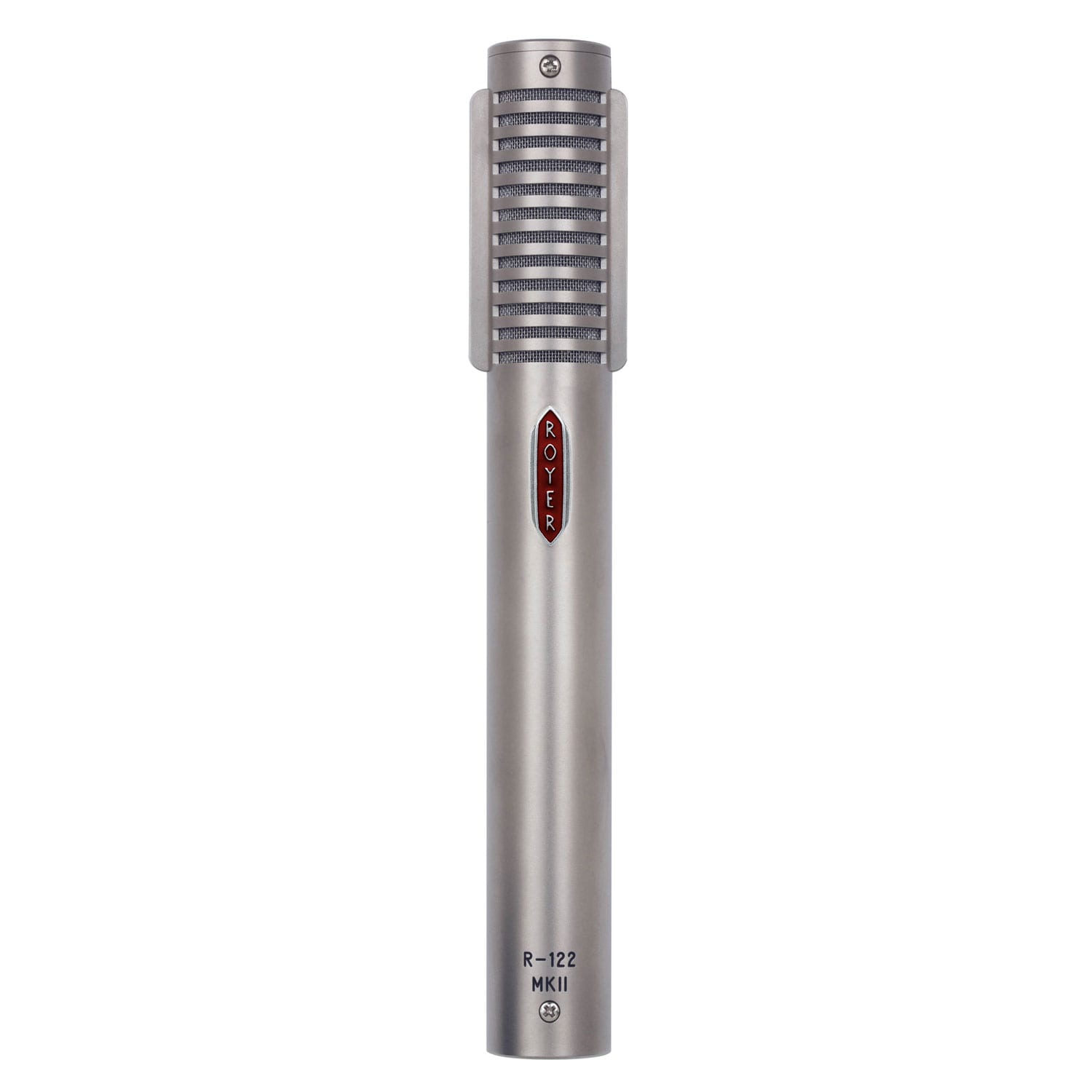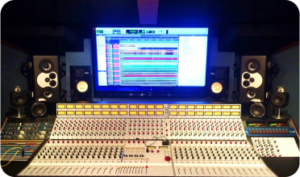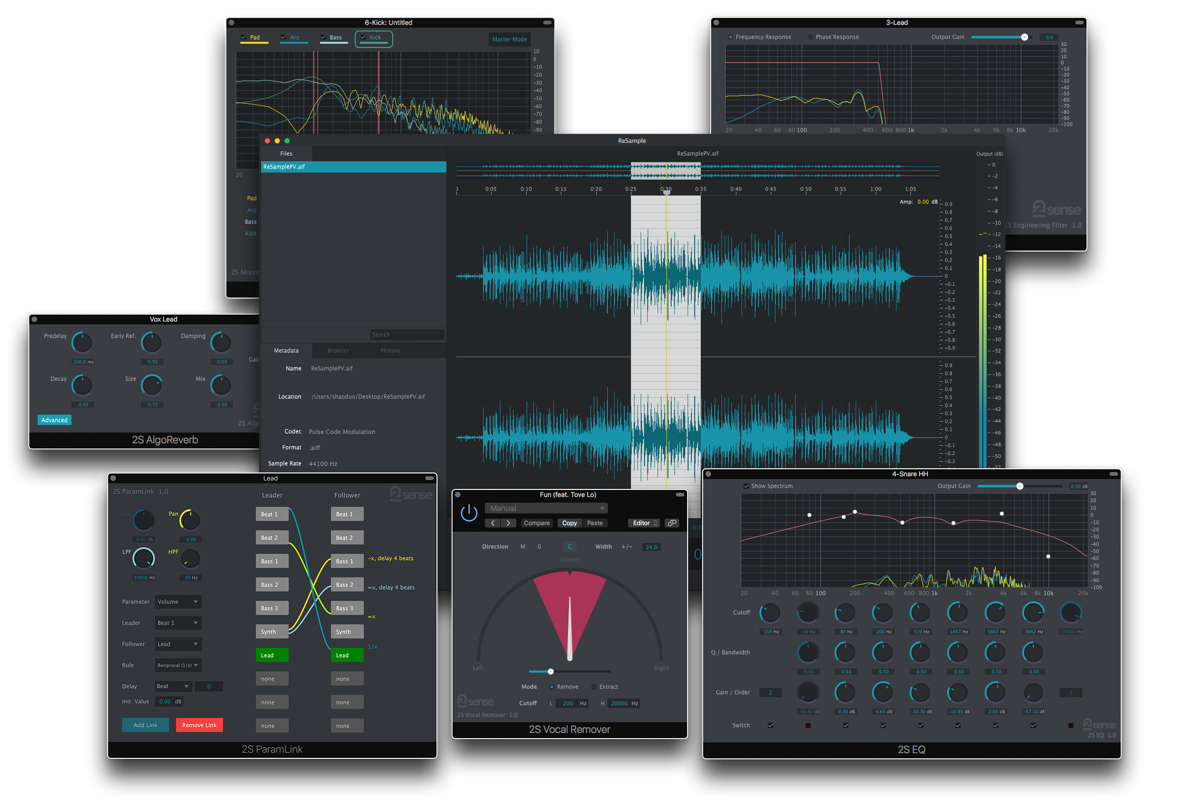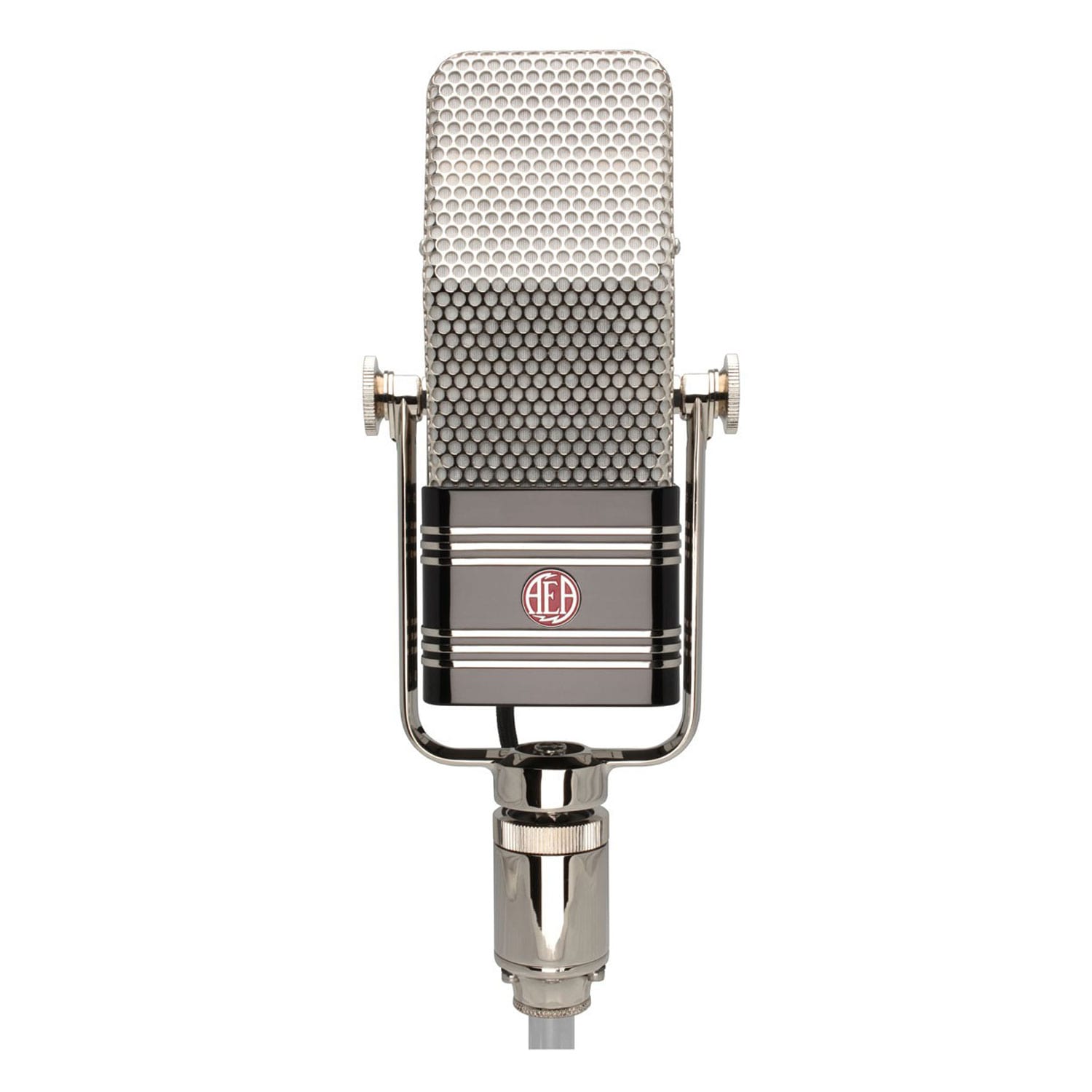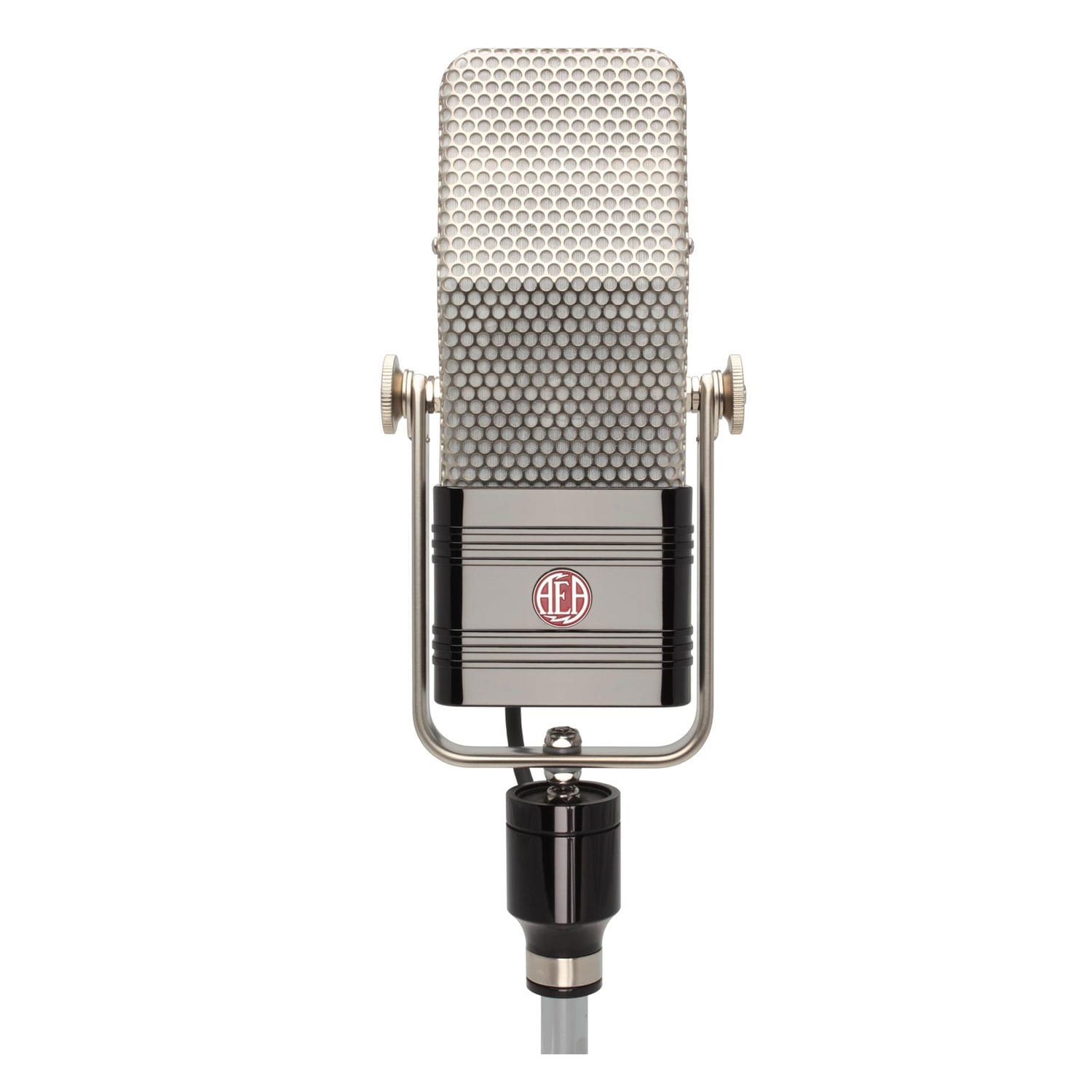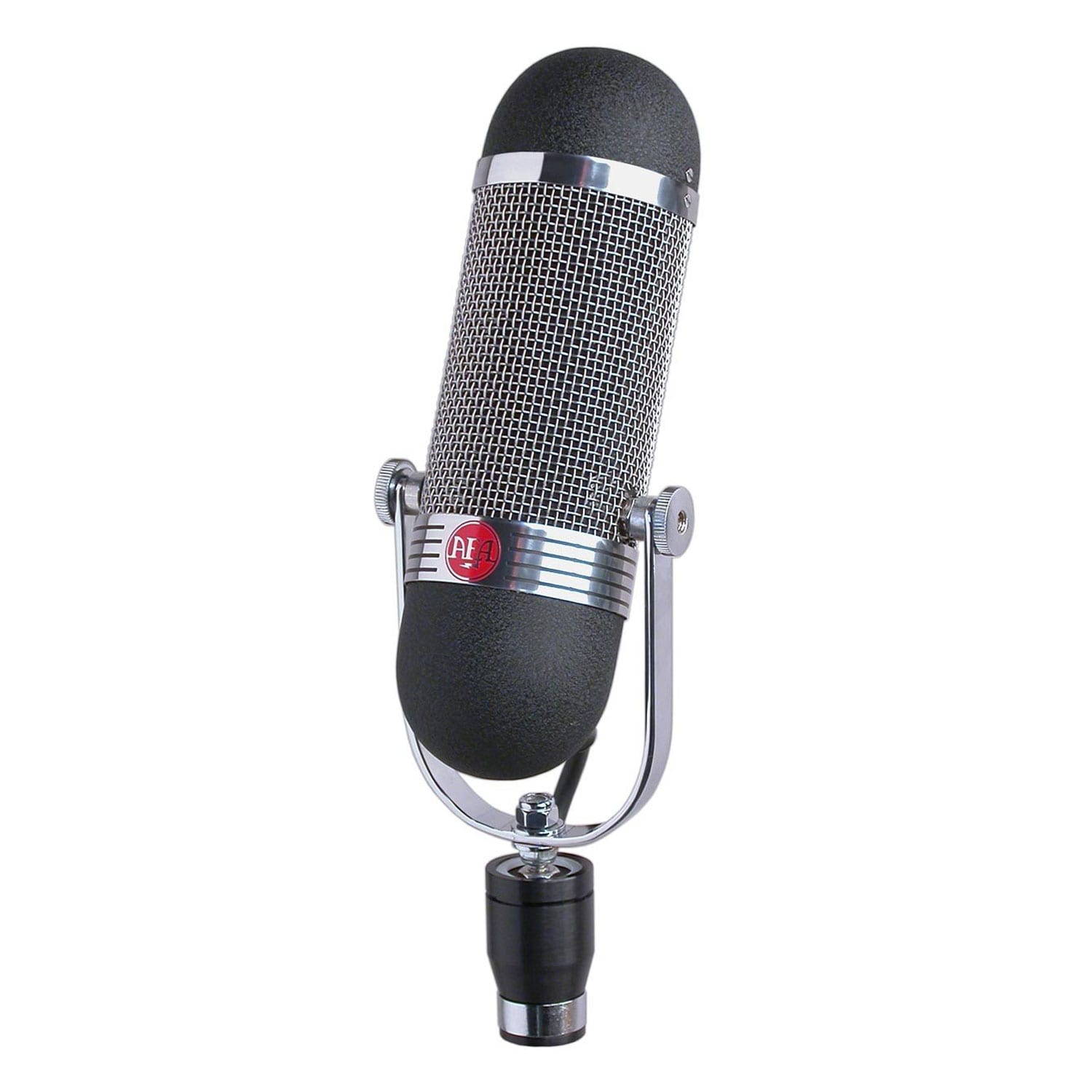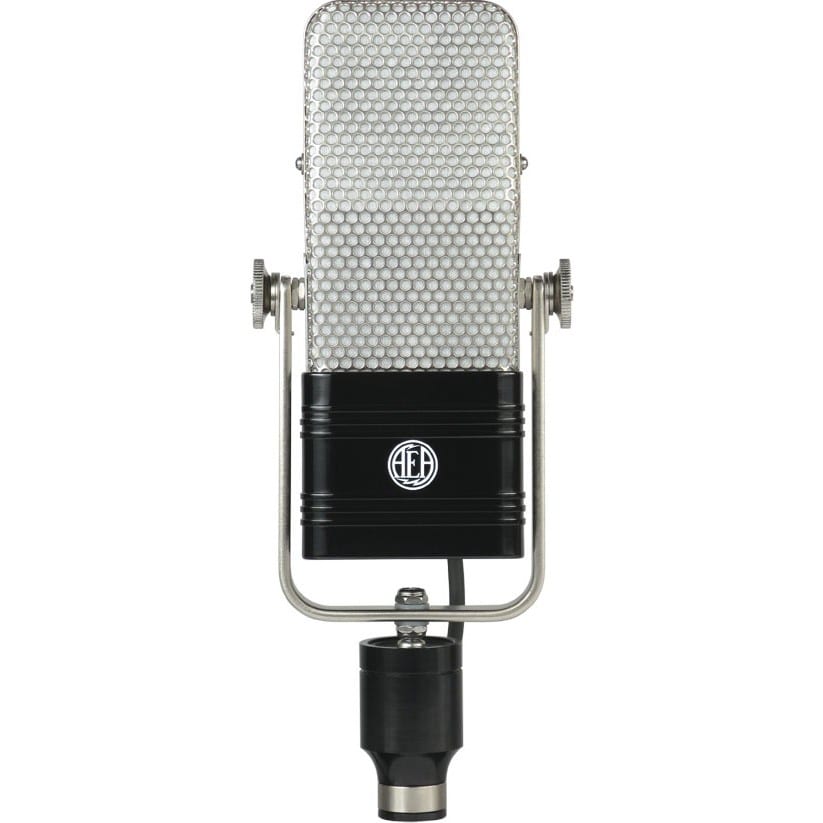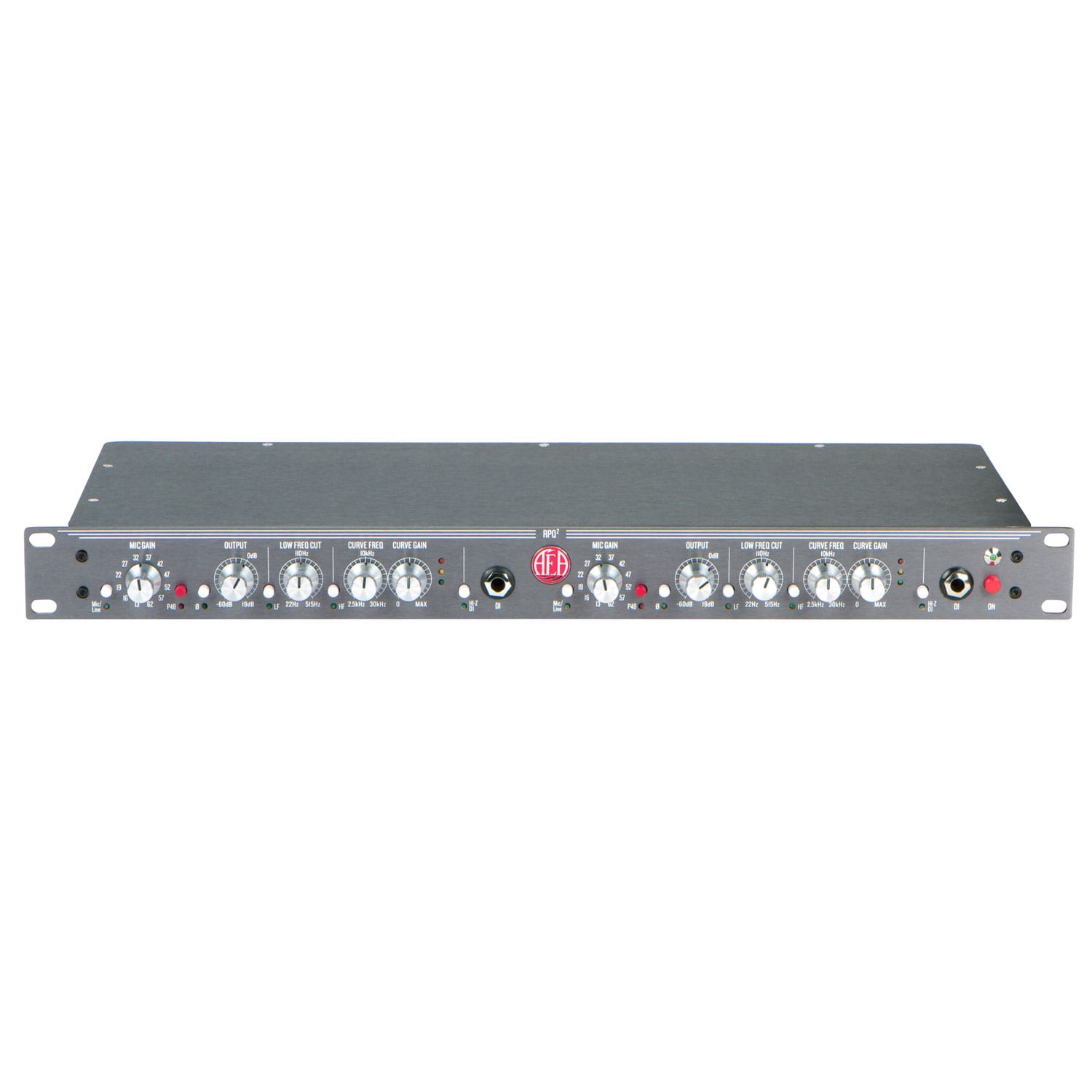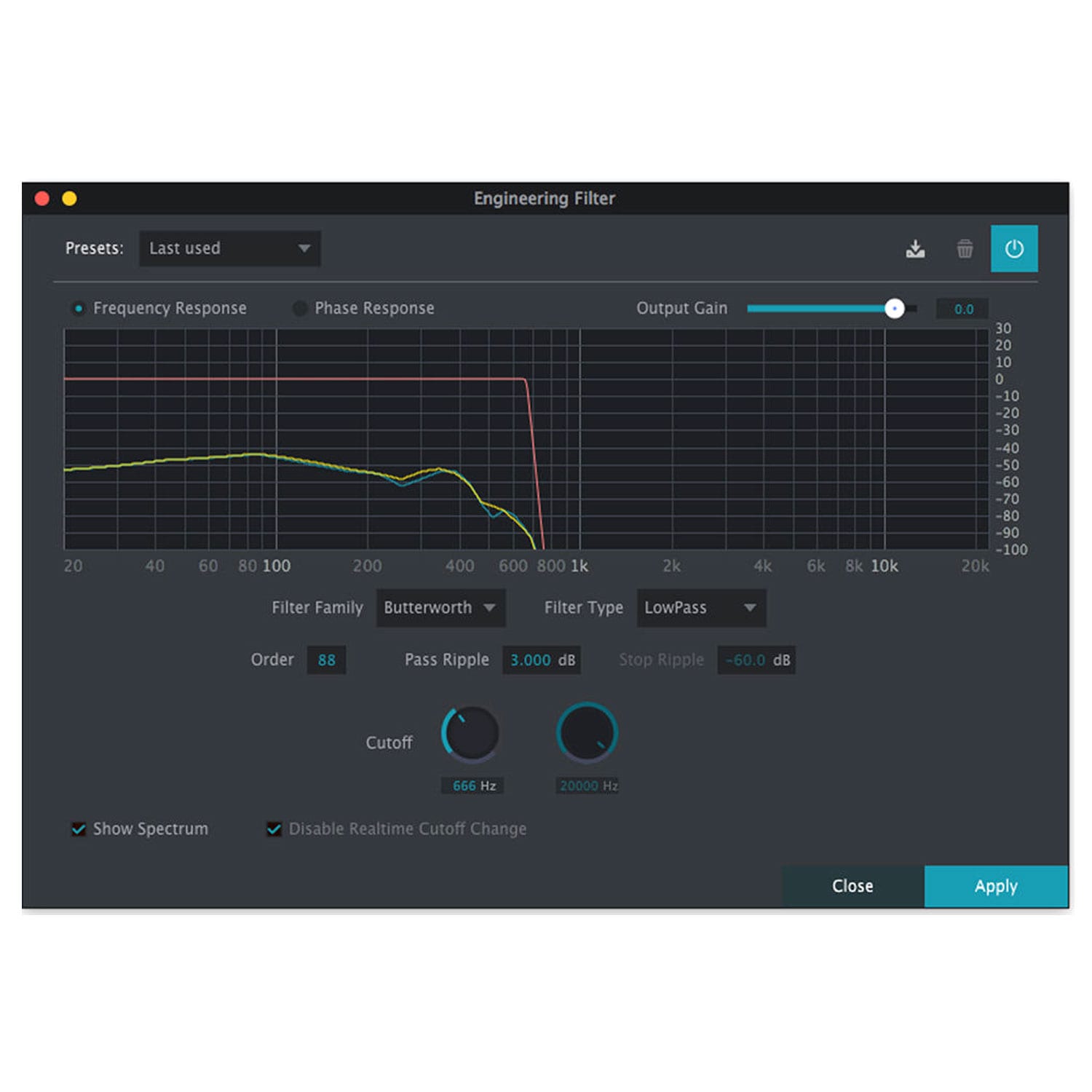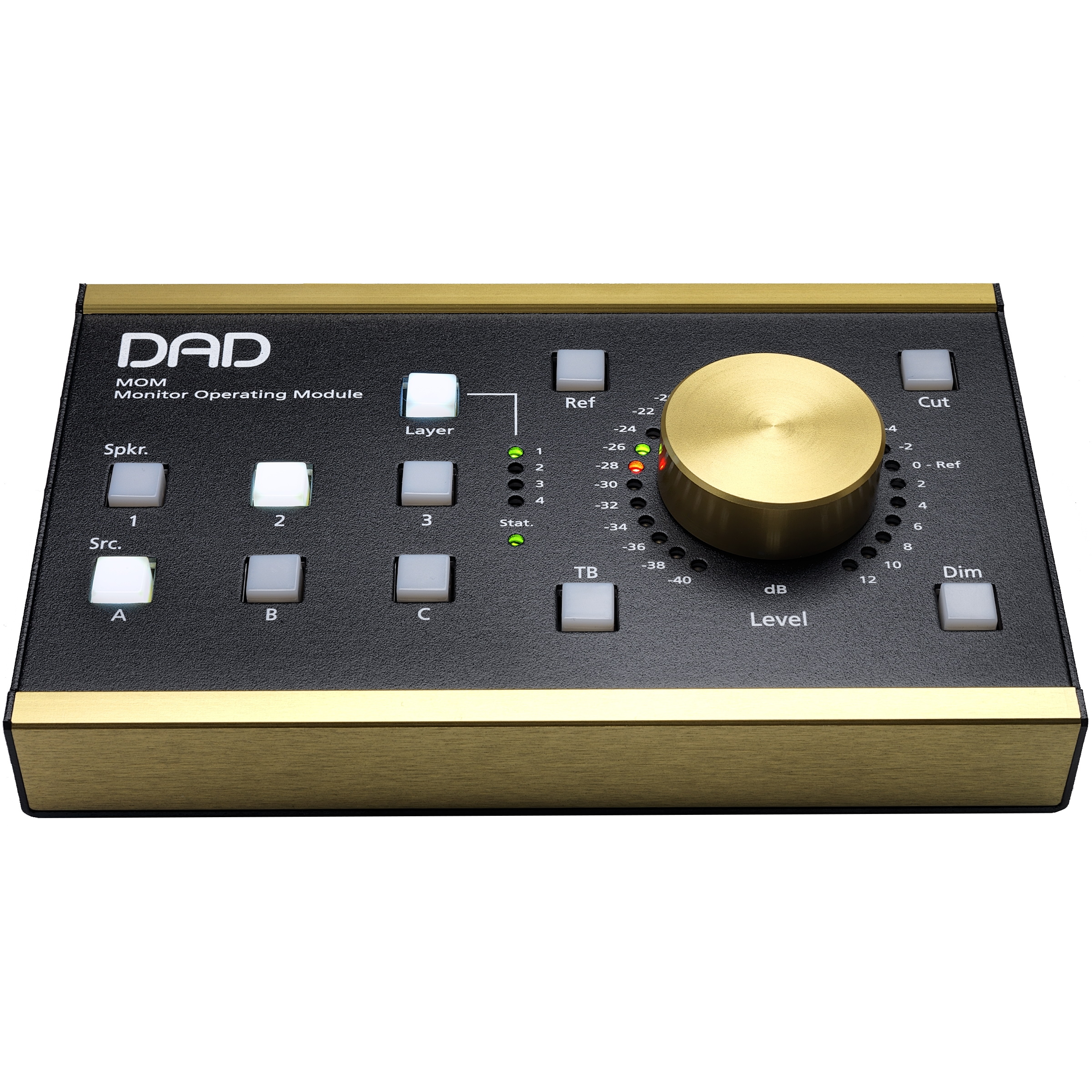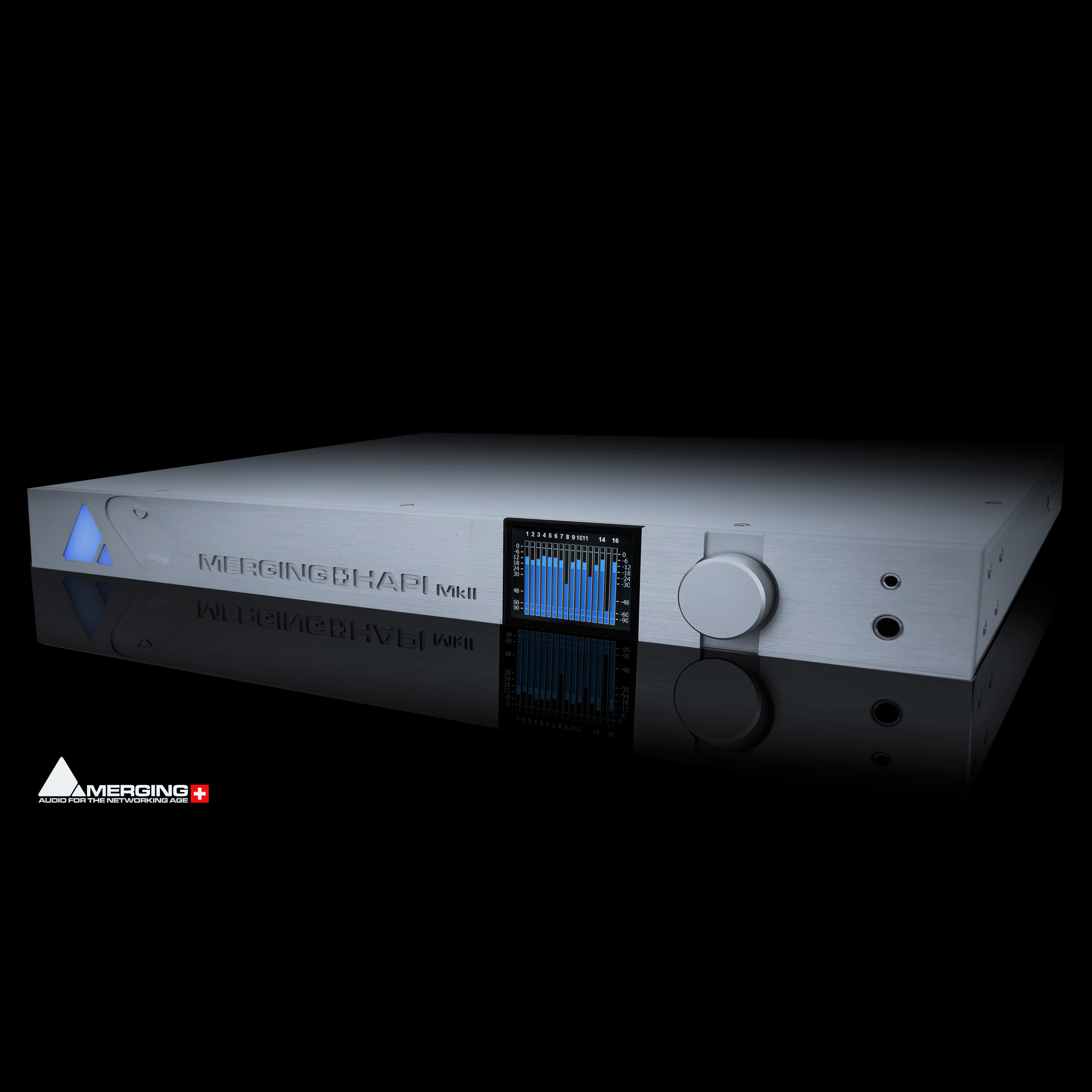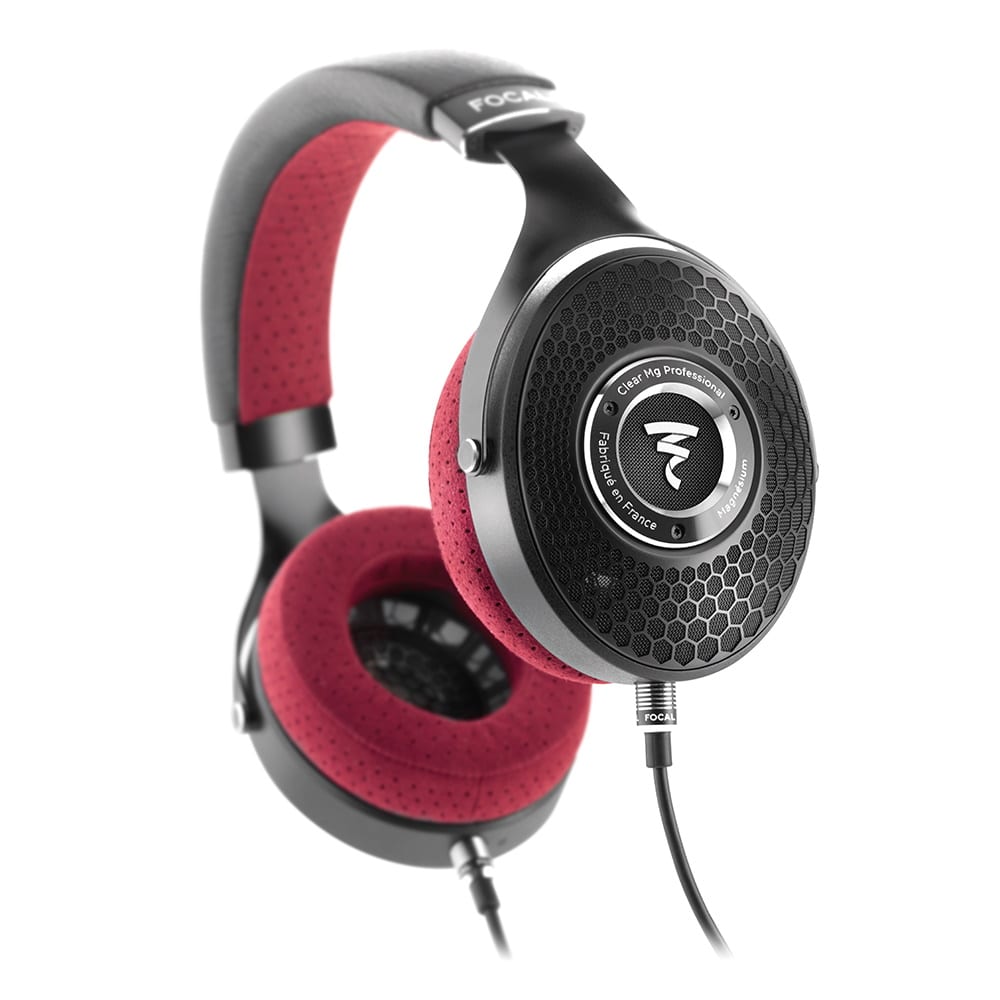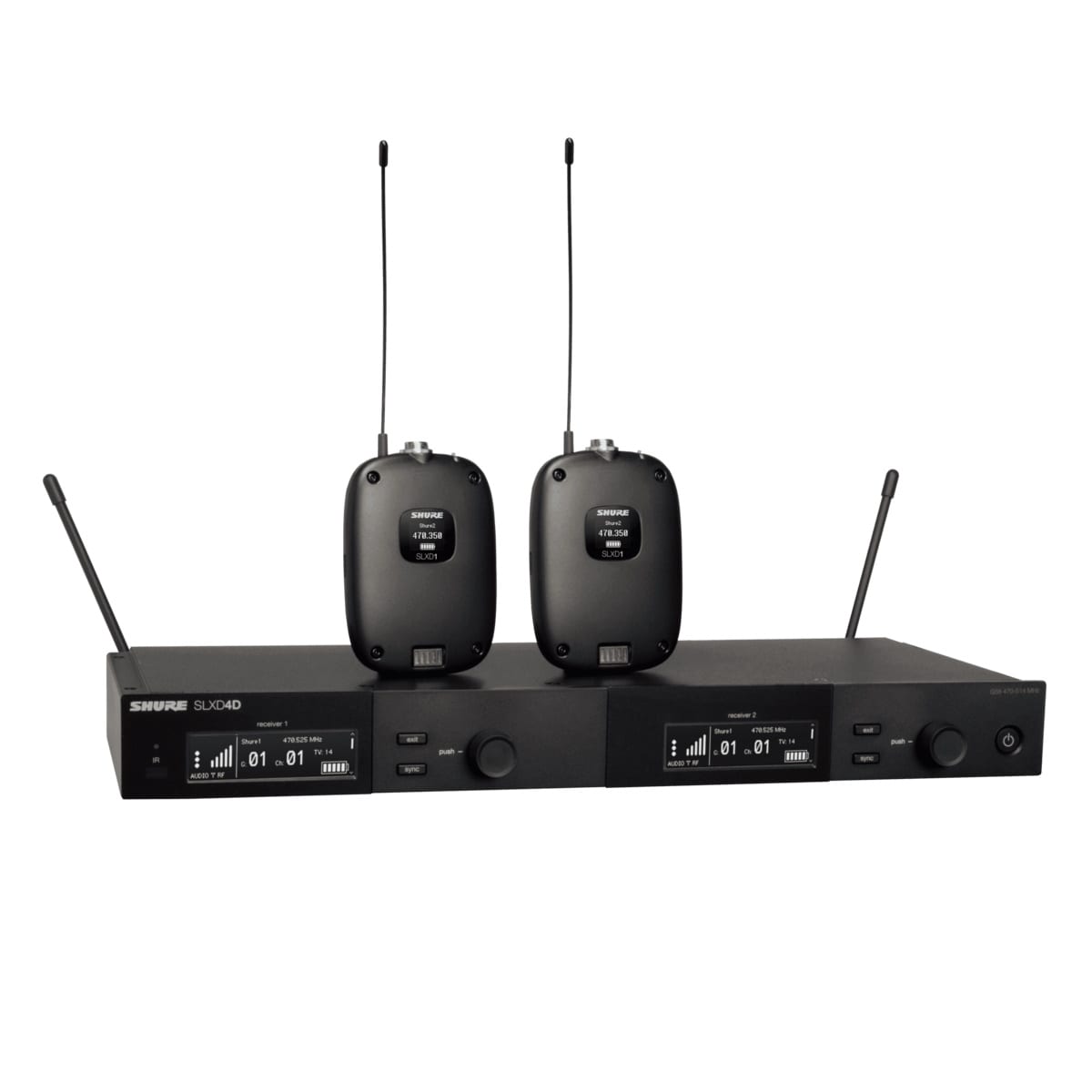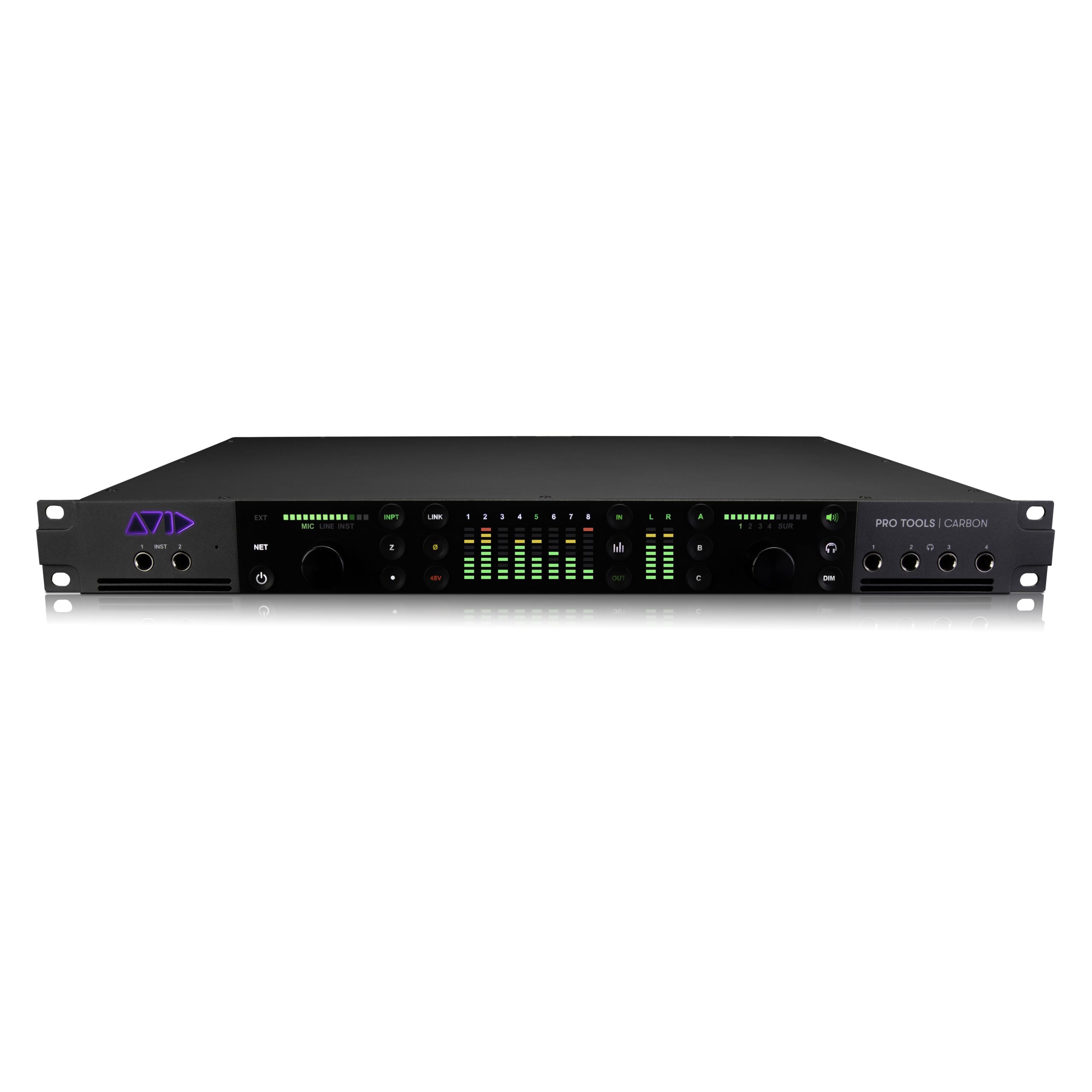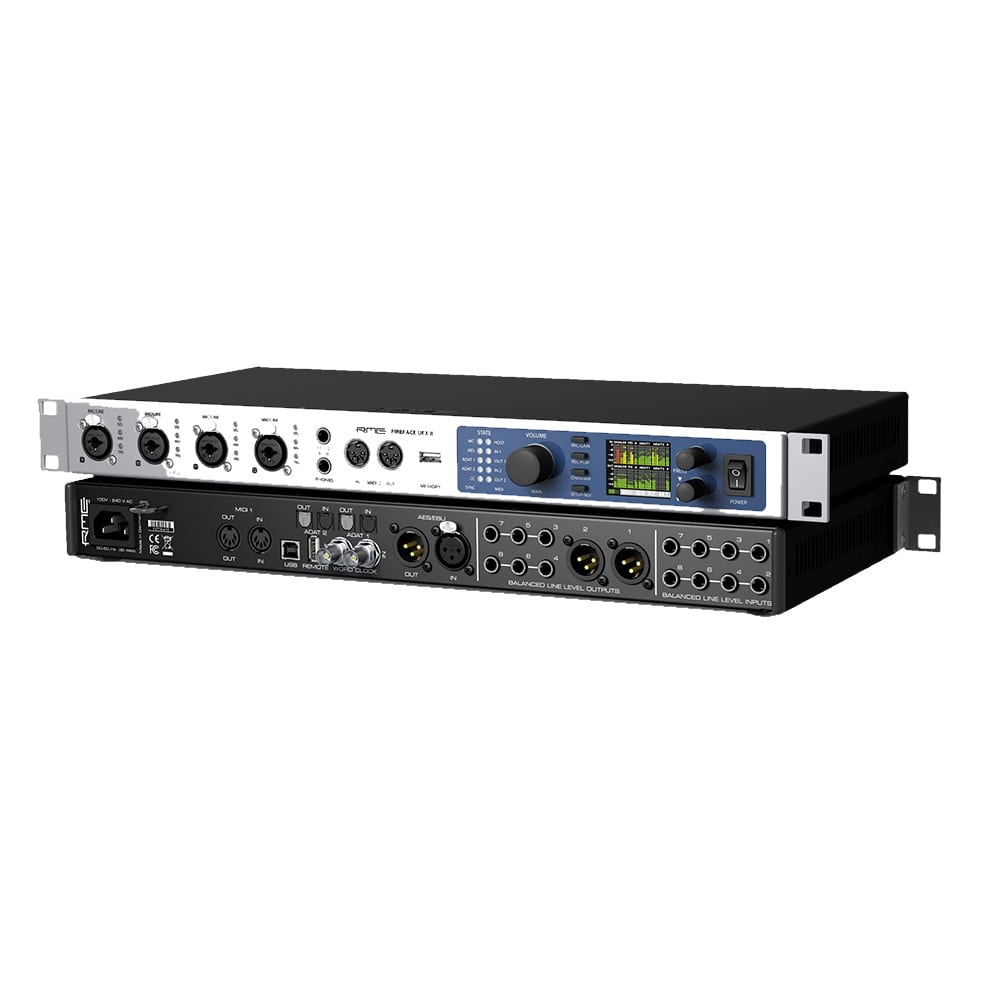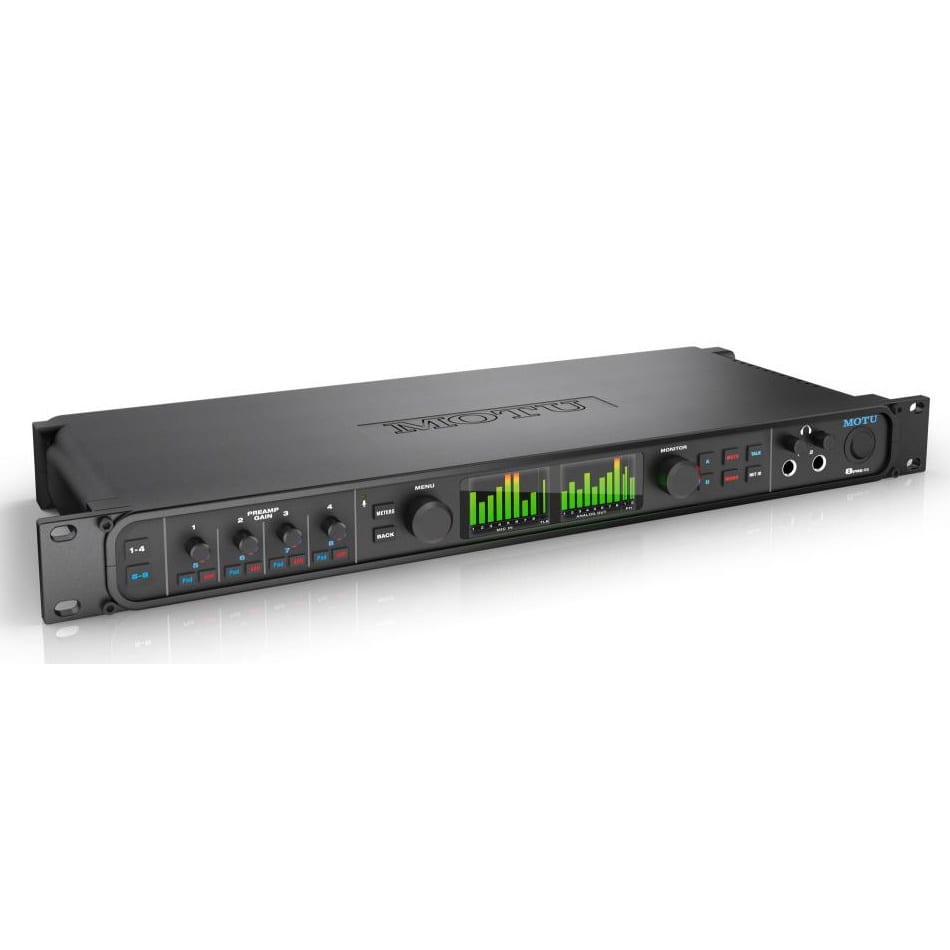Description
Royer Labs R-122 MKIIL-MP
The R-122 MKll Live (Matched Pair) is a road-optimized version of our phantom-powered R-122 MK-ll ribbon microphone. The R-122 MKll Live’s output is on par with phantom-powered condenser mics, allowing for long cable runs and the occasional sub-par mic preamps, and its switchable -15 dB pad and bass-cut filter delivers unprecedented flexibility on electric guitars, drum overheads, trumpets, and other live instruments. Most importantly, it produces the warm, realistic sounds that only ribbon mics can deliver. Along with its smooth, natural response, the R-122 MKll Live virtually eliminates the shrill high-end often encountered with live guitars, brass, and drum cymbals. Push up the faders and there’s the instrument in all its fullness, minus the peaky highs that FOH and Monitor engineers spend so much of their careers fighting.
The Pad:
The R-122 MKll’s switchable -15 dB pad is positioned before the microphone’s electronics and, when engaged, eliminates headroom-related distortion or preamplifier overload on even the loudest sound sources. Wide-open electric guitars are no problem. With the pad in, the R-122 MKll’s output is actually 2 dB lower than our flagship R-121.
The Bass Cut:
When switched in, the R-122 MKll’s bass cut starts filtering at 100 Hz, 6 dB per octave, effectively reducing the mic’s bass buildup due to the proximity effect. This smooth filter is extremely useful on close-miked electric guitars when less bottom end is desired.
The R-122 MKll’s electronics are hand-wired in our Burbank, CA factory. The microphone utilizes a special Royer-designed toroidal transformer that delivers a faster transient response than traditional ribbons. This produces a tighter, more focused low end and a sense of more open highs than with traditional ribbons, making it a first-call ribbon mic for drum overheads and percussion. The R-122 MKll Live can be used on extremely long cable runs with minimal RF interference and signal loss, and the ribbon element cannot be damaged by phantom power, miswired cables, or electrical glitches.
The R-122 MKll Live is visually differentiated by its red logo. The ribbon element thickness is increased from 2.5 microns to 4 microns, giving the microphone greater durability and a slightly reduced high-end response. Highs are often rolled off in live performances, but due to the R-122 MKll Live’s smooth high-frequency response, it needs less eq’ing than is usually required with condenser and dynamic microphones.
The R-122 MKll Live is backed with Royer’s lifetime warranty to the original owner, and the first re-ribbon is free. We expect it to work as hard as you do, so we stand behind it all the way. As with any high-end microphone, proper storage during transit and careful handling during setup and breakdown is key to keeping the microphone in good working order.
Figure 8’s On Stage
The R-122 MKll Live’s pickup pattern is in figure 8, which can be used to control stage bleed with great effect. Side rejection in the null points is strong – simply position the mic’s “ears” to face the offending instrument(s) and the bleed will be virtually eliminated. The top and bottom of the microphone are also null points. If monitors are in close proximity to the rear side of the microphone, a positioning adjustment can place the monitor’s output in the mic’s null, isolating the monitor from the mic’s pickup areas.
Patented Offset Ribbon Technology
The R-122 MKll Live’s proprietary offset ribbon transducer (Patent # 6,434,252) is the first of its kind, positioning the ribbon element closer to the front (logo) side of the microphone. This arrangement gives the ribbon more room to move within the prime magnetic field while maintaining full frequency response on high SPL applications. It’s an integral piece of the magic of all Royer R-series microphones.
The Sound
We’ve always said Royers “hear like your ears.” Put one up and you’ll know what we mean.
The R-122 MKII Live accurately reproduces what you hear at the sound source. If your goal is to capture something the way it really sounds – that ripping electric guitar, that wailing trumpet, that full kit – and you’ve found that reproducing that sound was next to impossible, put up some Royer Live Series mics and get ready. The R-121’s response is flat and well balanced, with a deep, non-boomy low end, well-defined and realistic mids, and a smooth and natural sounding high-end response that’s never edgy or sibilant.
The R-122 MKII Live is similar to the R-121 Live, but the faster transient response and larger size of the R-122 MKII Live’s audio transformer translate into more open highs and a tighter, more focused low-end response. These characteristics make the R-122 an exceptional choice for live drum overheads, warm electric guitars, solo brass and saxophone, and percussion.
When it’s time to mix the band, push up the faders and you’ll see why FOH engineers love their R-122 Live’s. When the instruments sound real, fitting them into the live mix is a breeze.
R-122 MKII Live or R-121 Live?
Because of the R-122 MKII’s faster transient response and tighter low end, engineers often choose them over R-121’s for drum overheads and percussion. R-121 Live tends to edge out R-122 MKII Live on electric guitars and brass, but it’s a matter of taste. If it’s mostly electric guitars and/or brass, we usually suggest going with the R-121 Live. The R-122 MKII Live is just as good on these instruments, but you may not need (or want) the additional top-end openness (from the faster transient response) and you certainly won’t need the higher sensitivity on these high SPL applications. If you plan on using the mics primarily for drum overheads and/or percussion, we heartily recommend going with the R-122 MKII Live.
Note: The R-122 MKII Live puts out a lot of levels when used to record very loud electric guitars. To keep from overdriving the front end of your mic pre, we recommend that you use a Shure or Neutrik 10dB in-line pad. As with many high-end microphones, the R-122 MKII Live demands the full 48 volts when it’s being pushed hard. Be sure your phantom power supply is putting out full power when tracking loud sound sources, as inadequate power can lead to loss of headroom and microphone distortion.
Features
Phantom-powered circuitry provides high output and impedance matching
-15 dB pad before the mic’s electronics gives more headroom when activated.
The bass cut filter reduces proximity effect and bass below 100 Hz when activated
High SPL Capabilities
No distortion up to maximum SPL rating
Extremely low residual noise
The ribbon element is not affected by heat or humidity
Absence of high-frequency phase distortion
Equal sensitivity from the front or back of the element
Consistent frequency response regardless of distance
The rear side of the mic records slightly brighter when three feet or closer to the sound source
